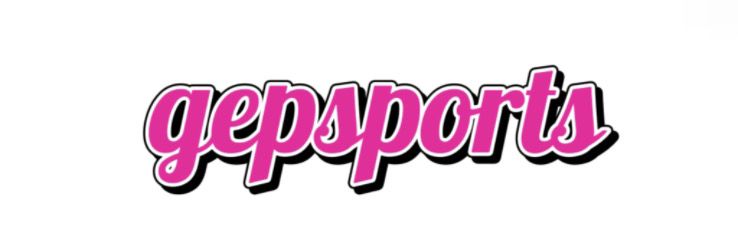Solving Common Issues When Buying Water Booms in Myanmar
Solving Common Issues When Buying Water Booms in Myanmar
Buying water booms can be a tricky process, especially for businesses in Myanmar looking to manage water pollution effectively. If you’re facing challenges in selecting the right water boom, you're not alone. Many customers struggle with understanding the different types of water booms and their applications, identifying the right suppliers, or even ensuring that they meet local regulatory standards. Let’s tackle these issues head-on so you can make an informed decision.
Are you interested in learning more about water boom myanmar? Contact us today to secure an expert consultation!
Understanding Different Types of Water Booms
One of the first hurdles customers encounter is understanding the various types of water booms available in the market. Water booms are floating barriers designed to contain and absorb oil spills or other pollutants in water bodies. Here’s a brief overview of the main types:
1. Absorbent Booms
These booms are made from materials designed to soak up liquids. They can absorb up to 20 times their weight in oil. Businesses dealing with oil spills should consider this option as they are highly effective.
2. Containment Booms
Containment booms help to encircle and restrict the area of a spill, preventing it from spreading further. This type is essential for larger spills or when quick action is critical.
3. Protection Booms
Used primarily for protecting sensitive areas, these booms deflect or shield water bodies from incoming threats, such as oil spills. This is incredibly useful for businesses located near waterways.
When selecting a type, think about the nature of the spill risks in your area and your business’s specific needs. For example, a small fishing boat might require absorbent booms for oil spills, while a larger manufacturing facility would benefit more from containment booms.
Finding Reliable Suppliers in Myanmar
Another common issue is identifying trustworthy suppliers of water booms in Myanmar. With many options available, how can you ensure quality and reliability? Here are some strategies:
1. Research Local Suppliers
Look for suppliers who have a strong local presence and experience in water management products. Check reviews and ratings from other businesses. For example, XYZ Environmental Solutions has been noted by several clients for their prompt service and effective products.
2. Ask for Case Studies
Request case studies from potential suppliers to understand how their products have been used effectively in similar industries. A local fishery recently reported that they reduced pollution around their site by 50% after using water booms from a recommended supplier.
3. Inquire About After-Sales Support
Ensure the supplier provides after-sales support, including installation guidance and maintenance tips. This is crucial; it’s not enough just to buy the booms; you need to know how to use and maintain them effectively.
Meeting Local Regulations
Compliance with local environmental regulations is vital when purchasing water booms. As Myanmar strives to protect its rich natural resources, understanding these regulations is mandatory.
For instance, a recent study by the Myanmar Ministry of Natural Resources highlighted that failure to comply with pollution control standards resulted in fines for businesses averaging around 2 million MMK (approximately $1,200) last year. To avoid such penalties, ensure your water boom suppliers are fully compliant and provide necessary documentation.
Next Steps for Your Purchase
Now that you understand the types of water booms, how to find reliable suppliers, and why compliance is essential, what are your next steps? Here’s a simple action plan:
- Assess your specific needs: Determine the size and type of booms required based on your industry and risk factors.
- Research suppliers in Myanmar: Look for companies with positive reviews and relevant experience.
- Request quotes and case studies: Gather as much information as possible to compare options.
- Discuss compliance requirements: Ensure your choice meets any local regulations.
- Make the purchase: Once you've assessed all your options, proceed with the order.
In conclusion, buying water booms should not be an overwhelming experience. With this guide, we hope to simplify the process for you. If you need further advice or assistance, don’t hesitate to consult local suppliers or environmental experts. Taking that first step towards better water management is just a decision away!
Contact us to discuss your requirements of children aqua house. Our experienced sales team can help you identify the options that best suit your needs.


